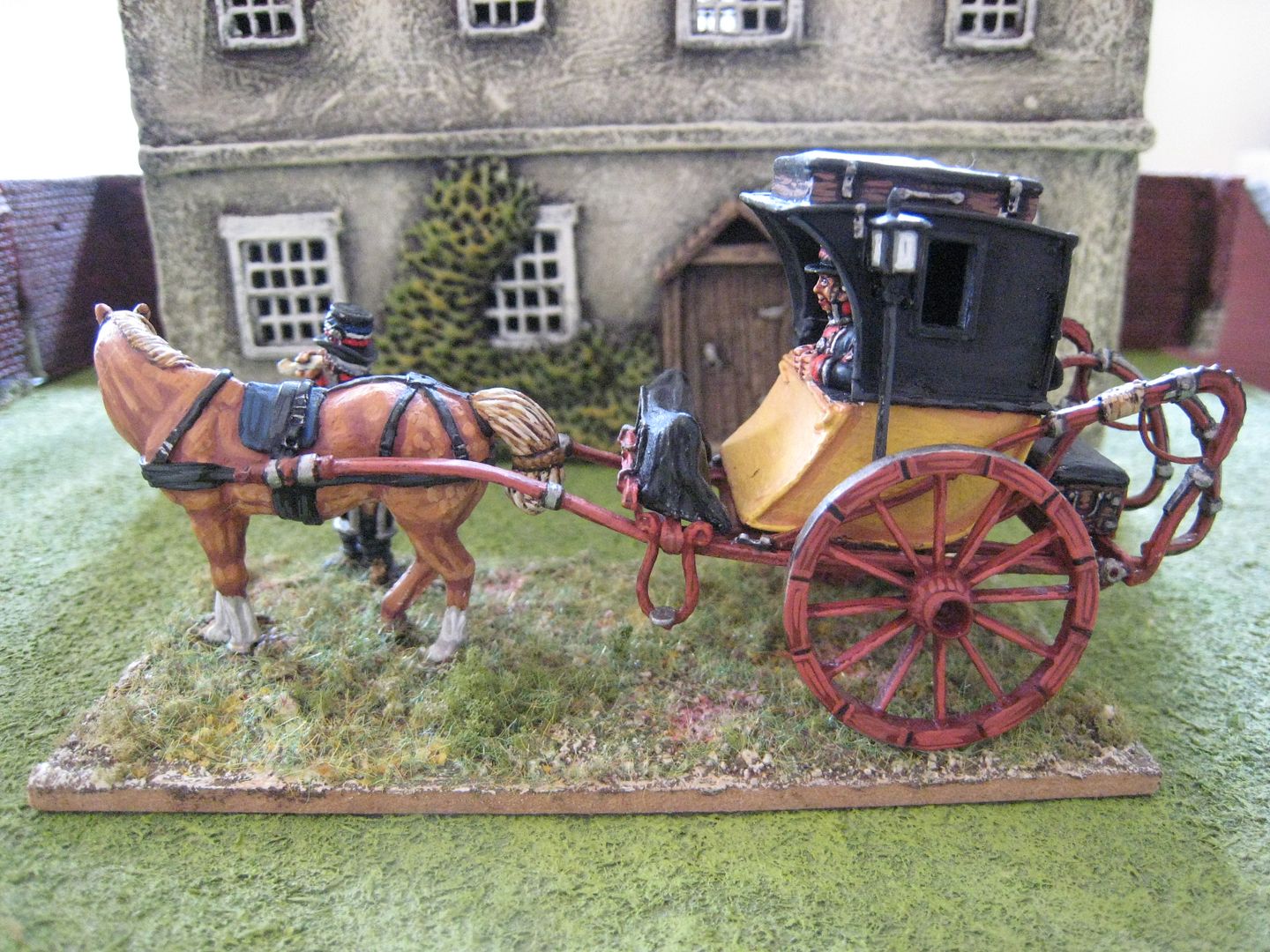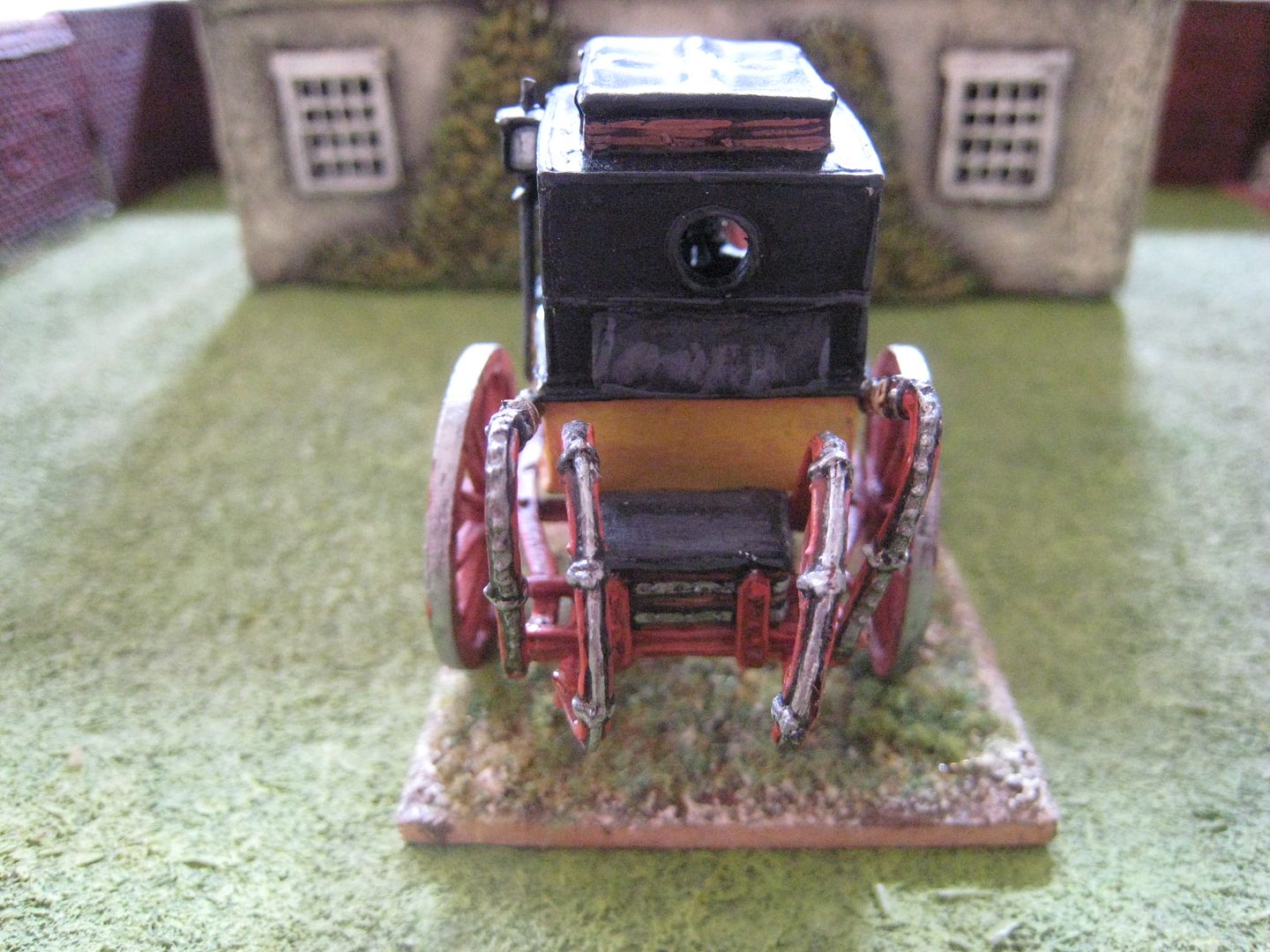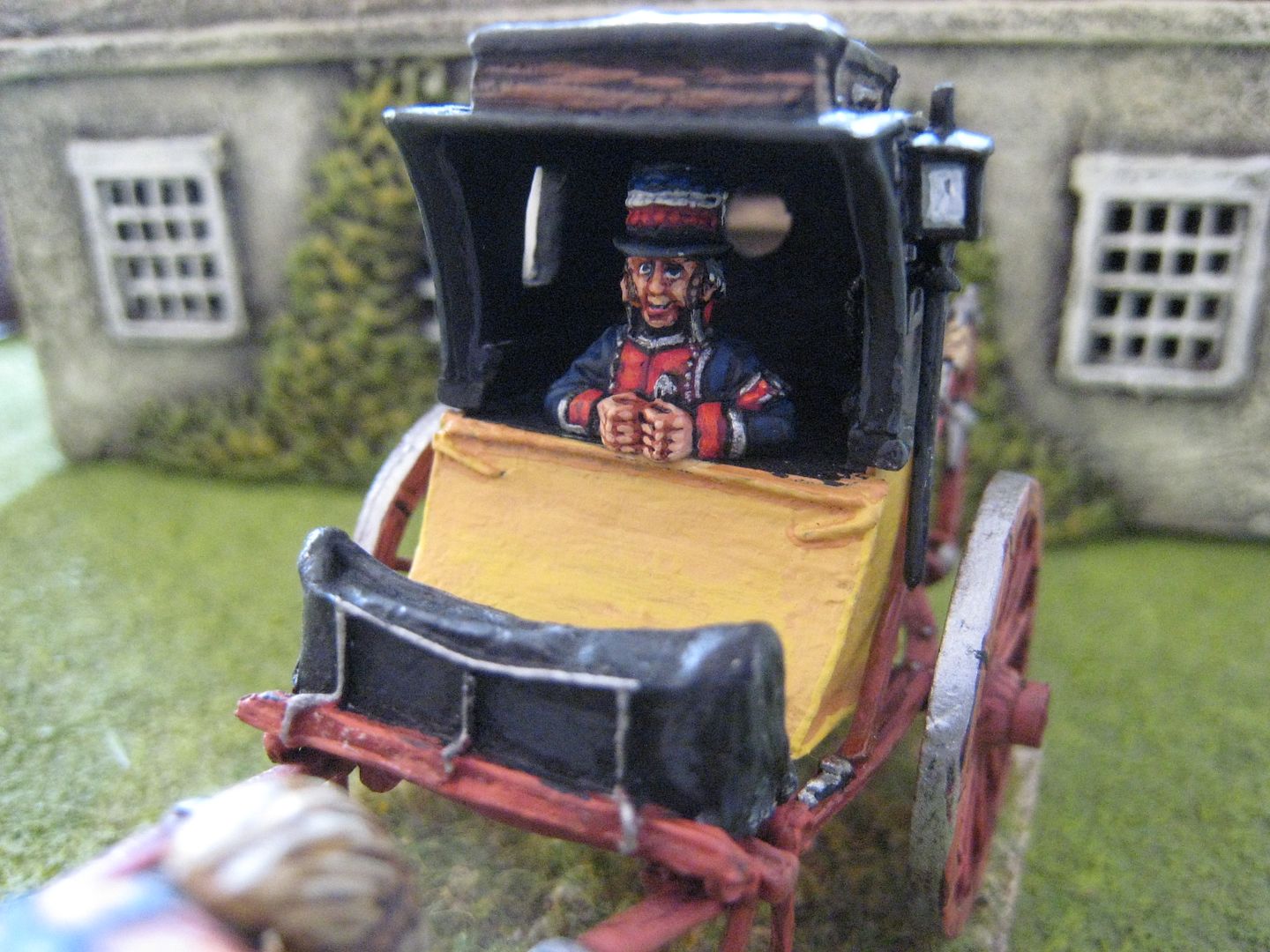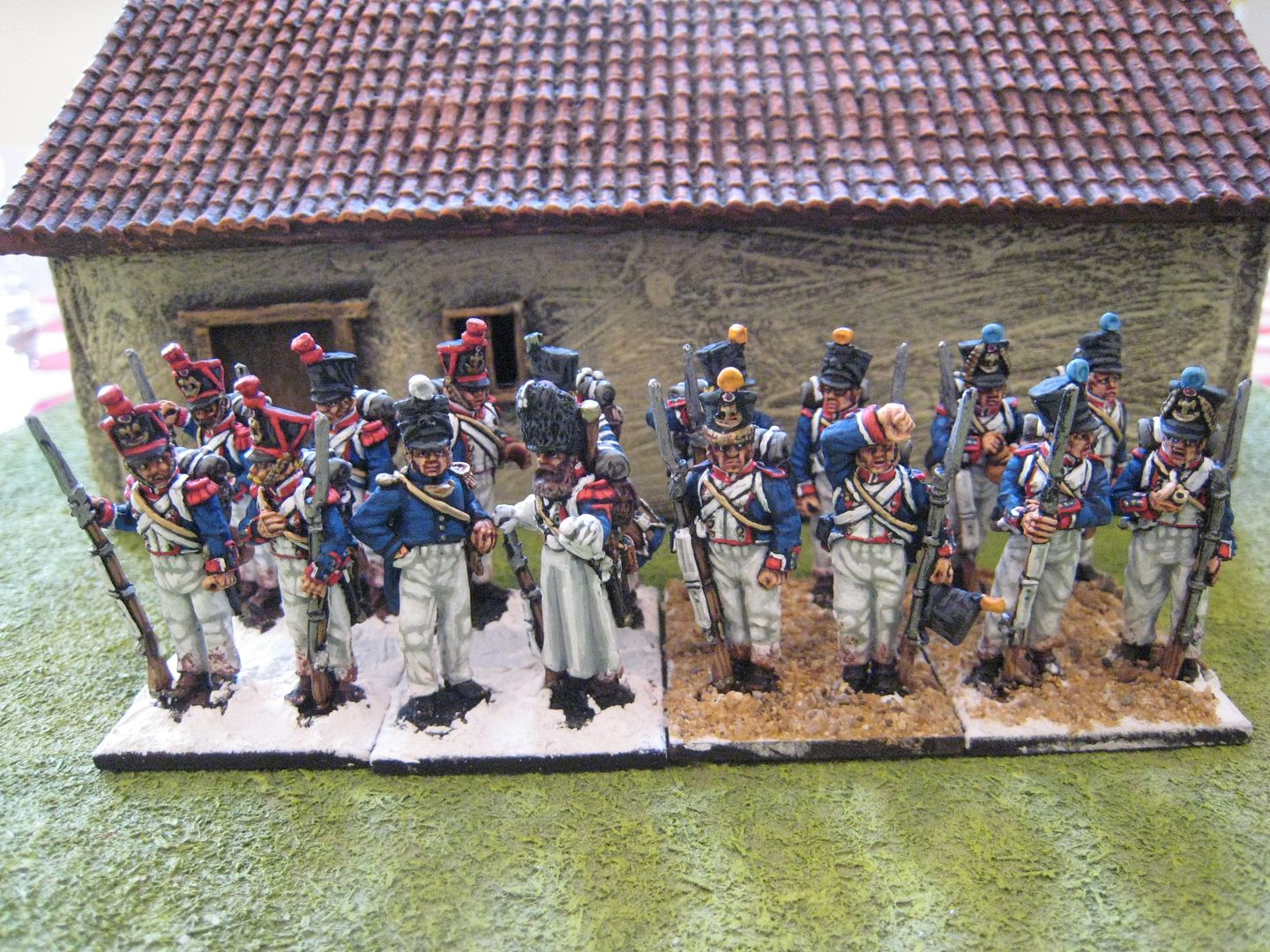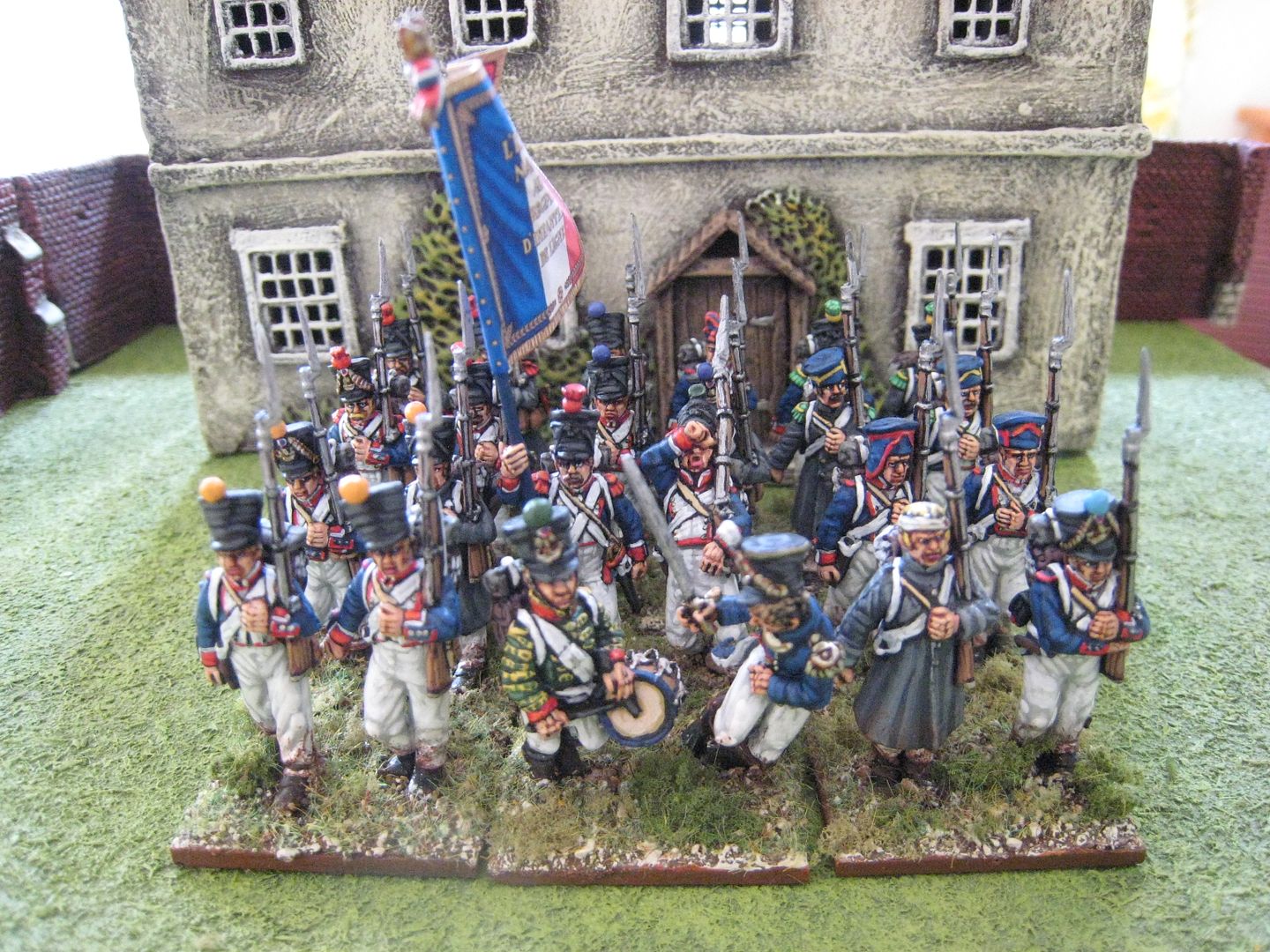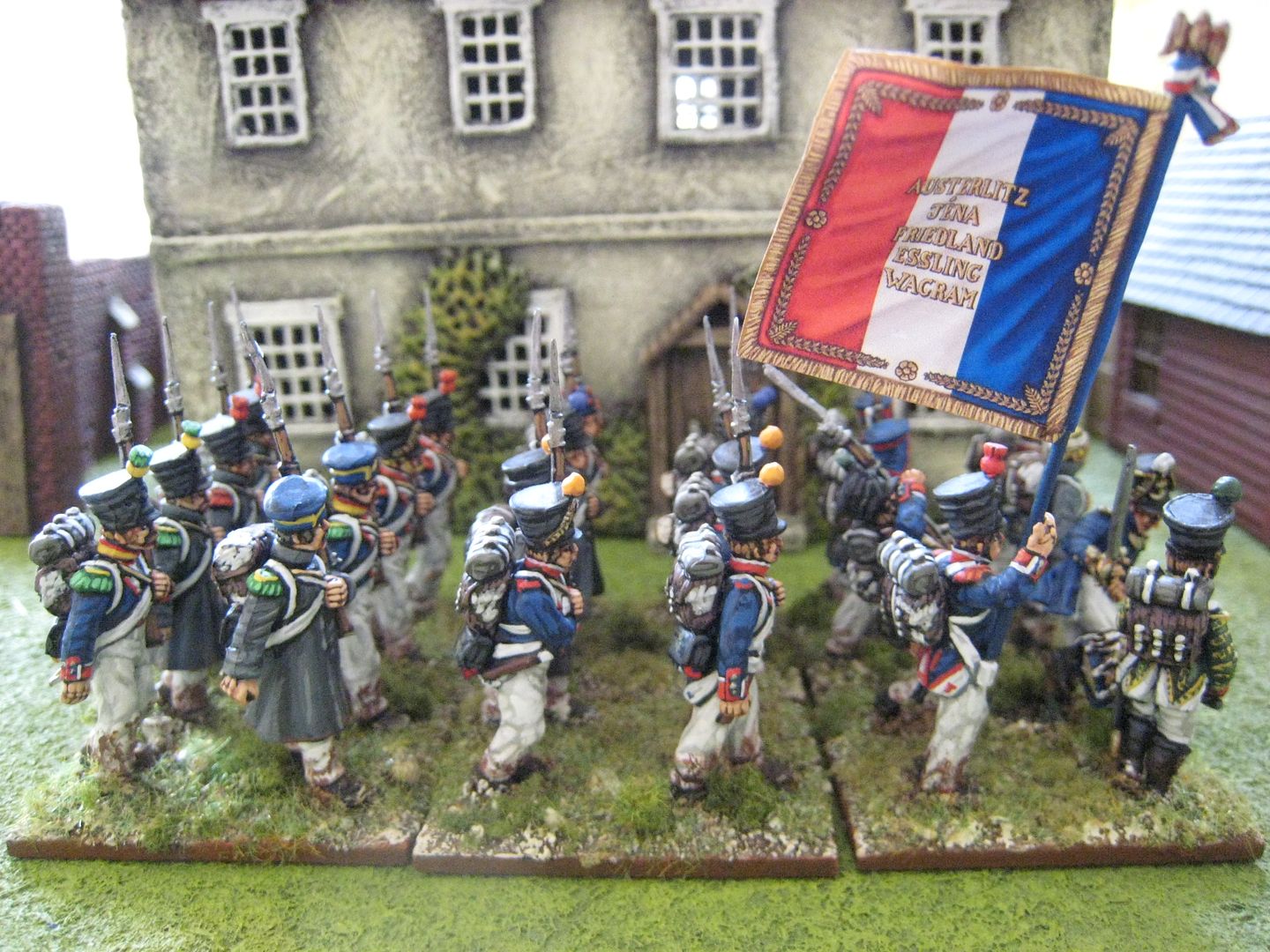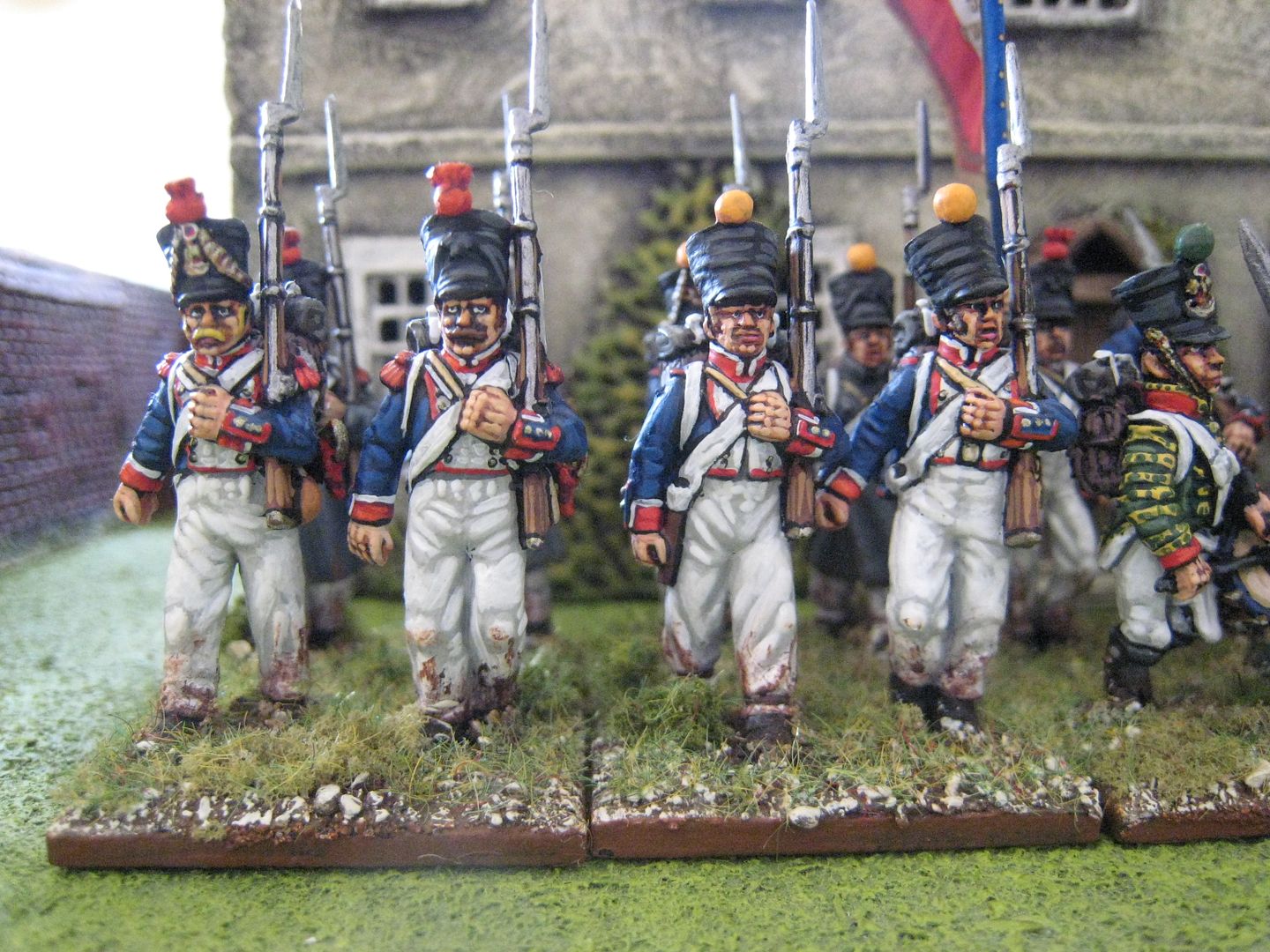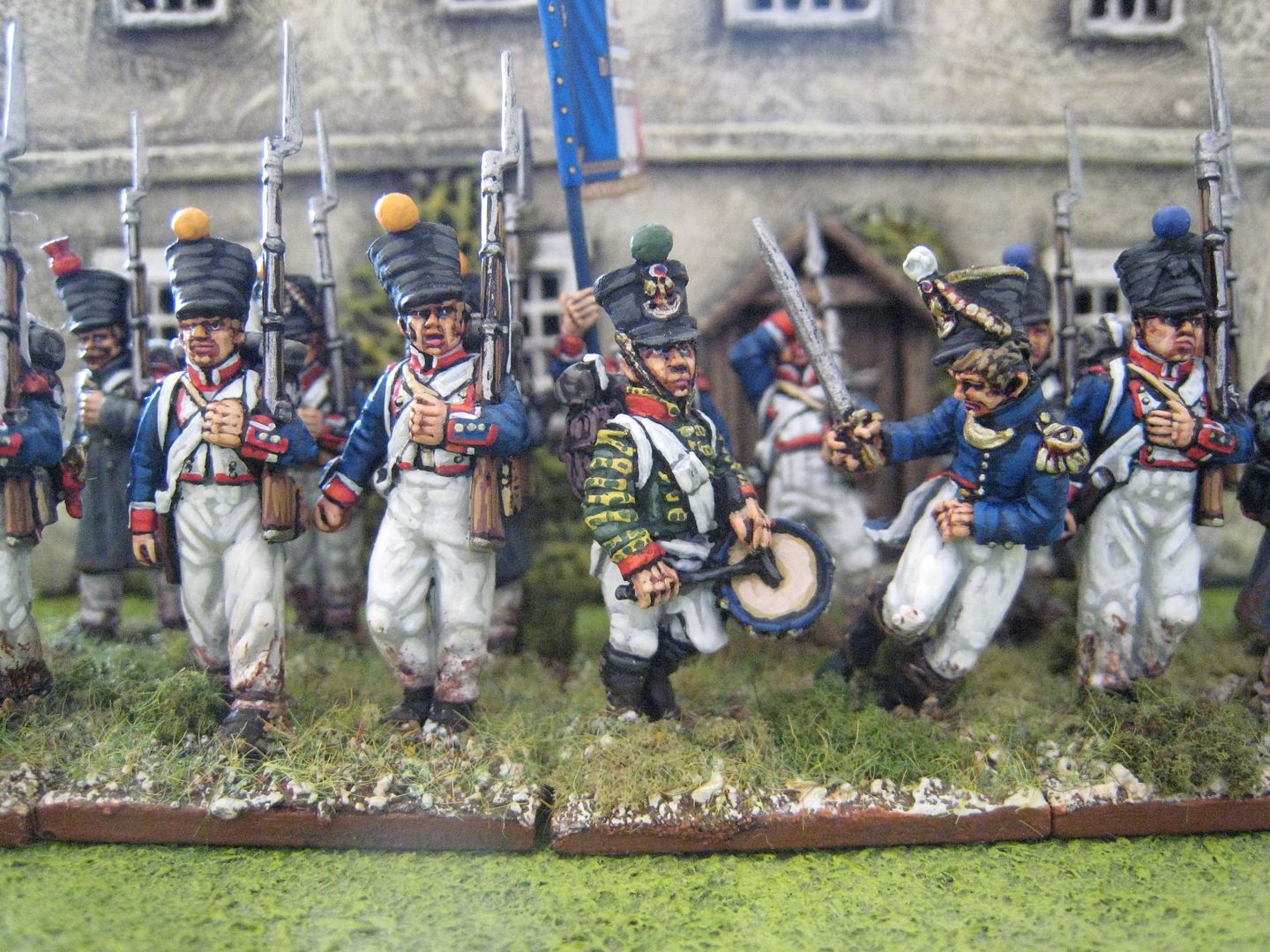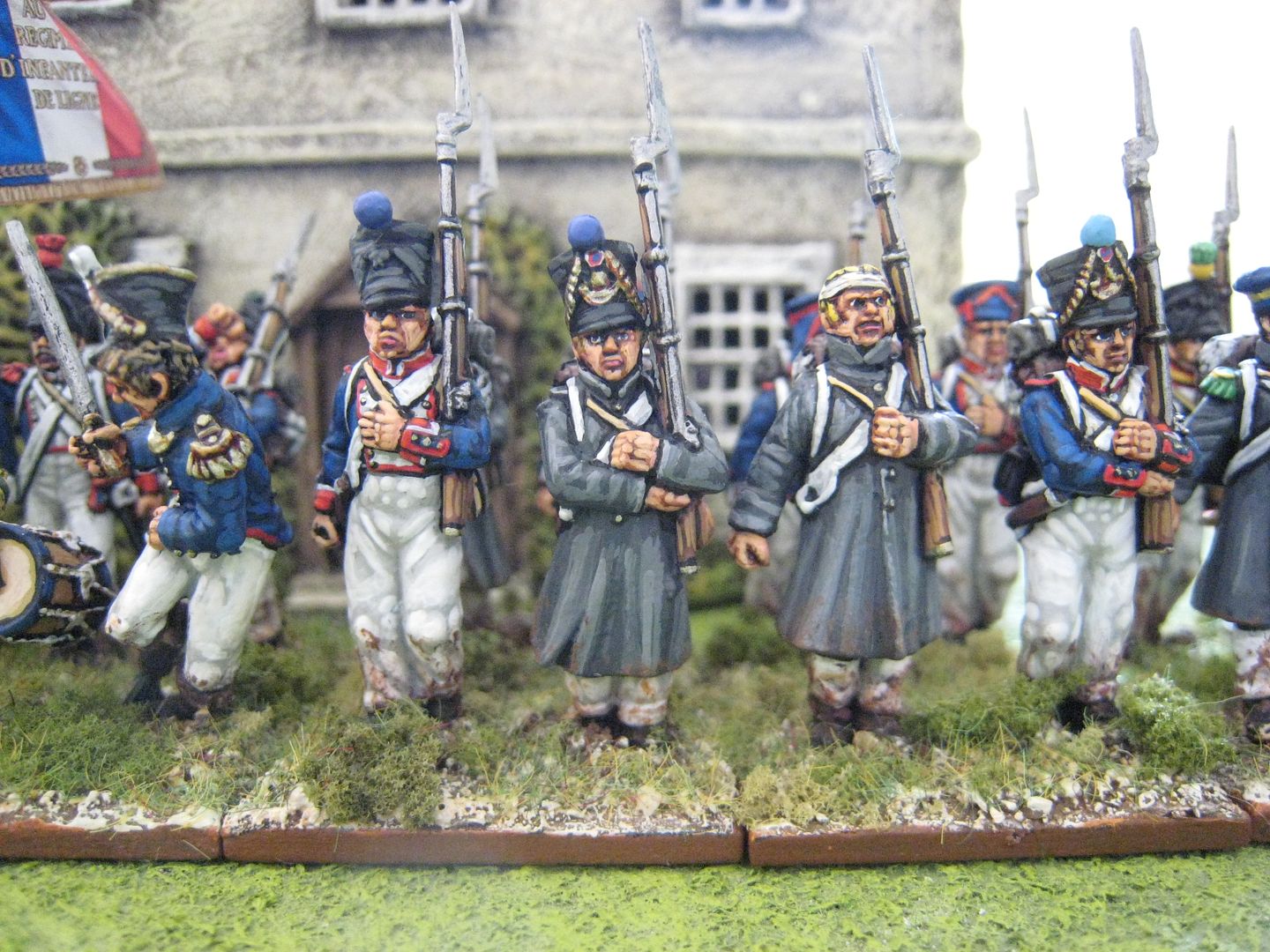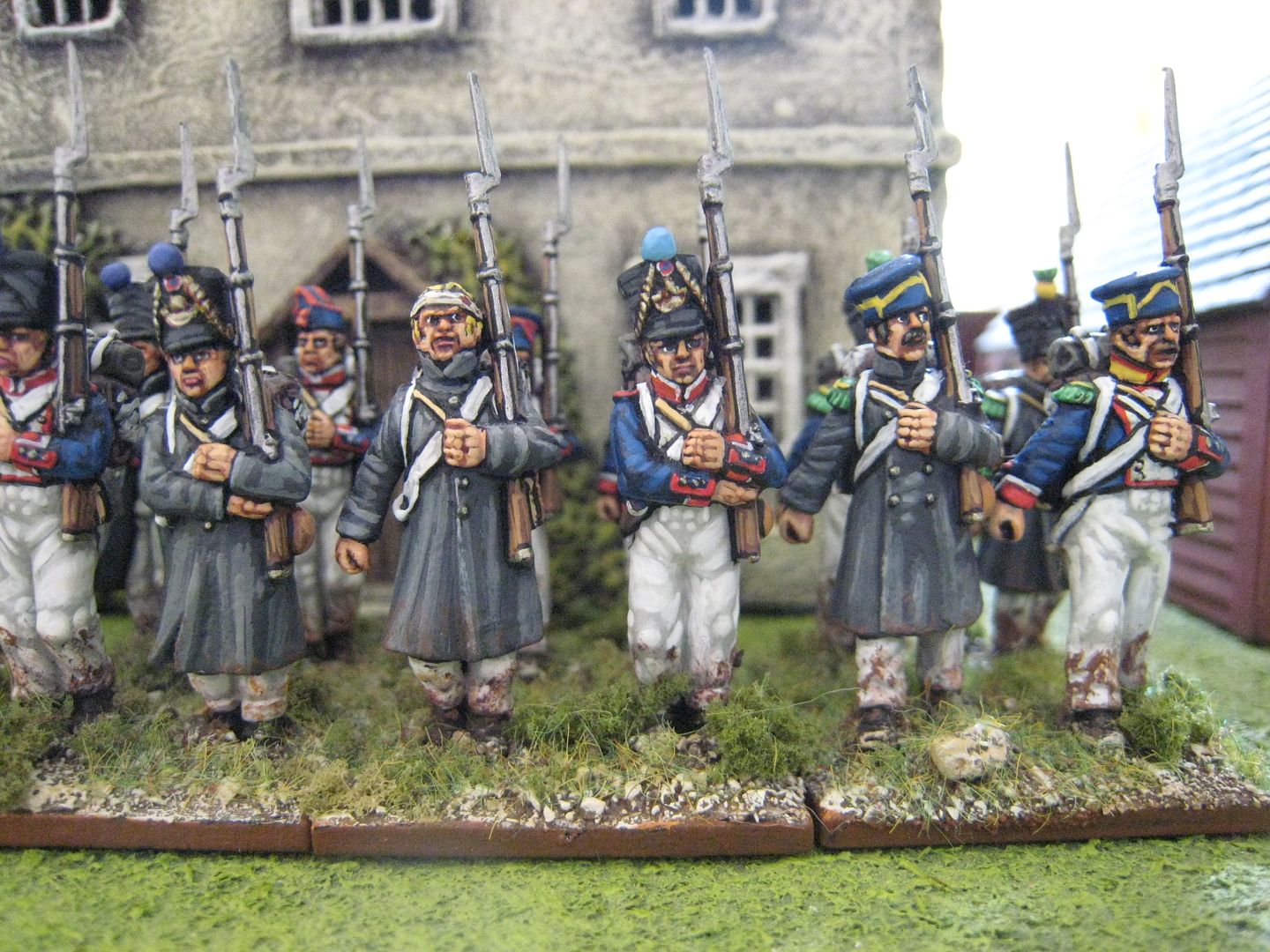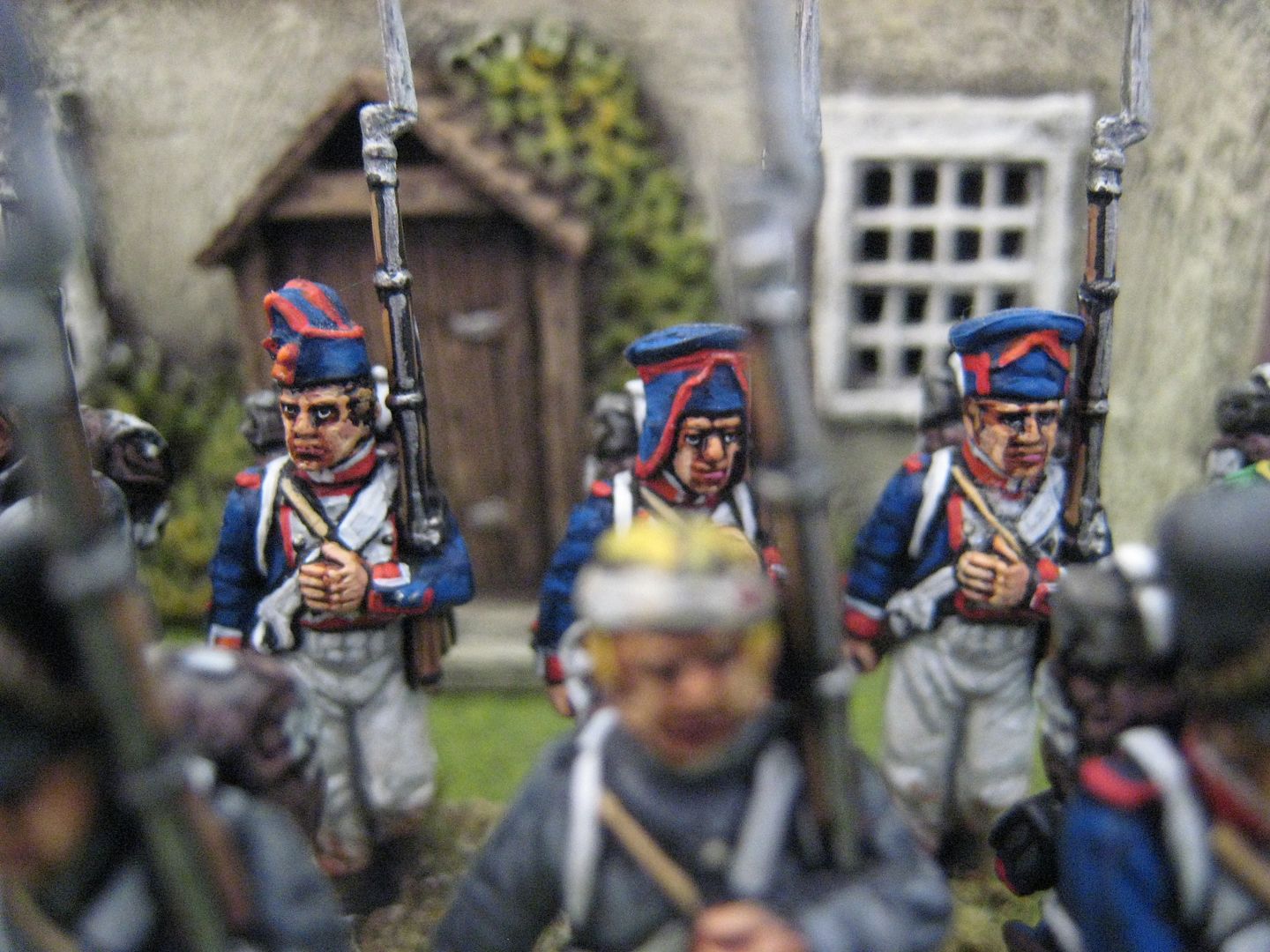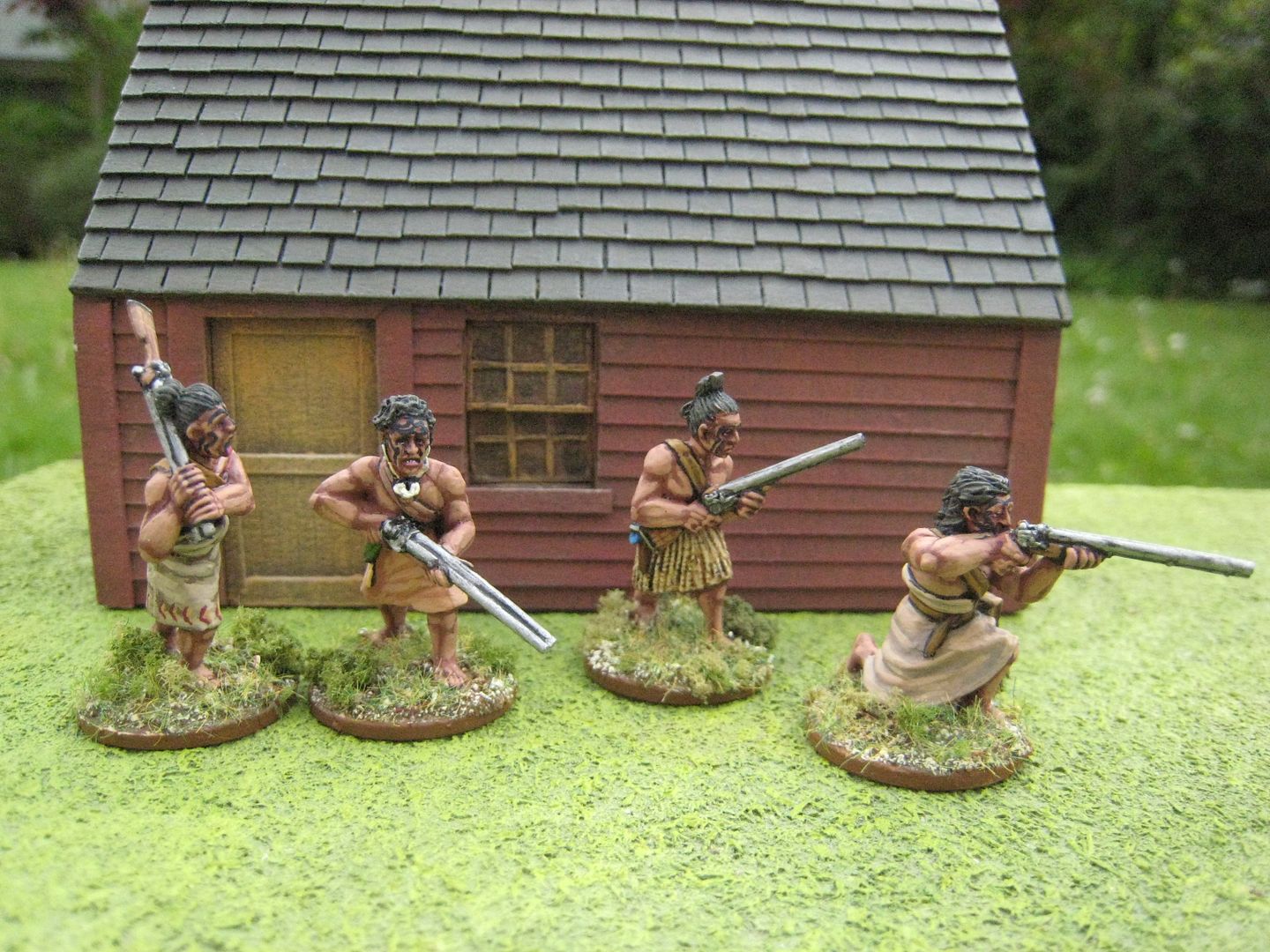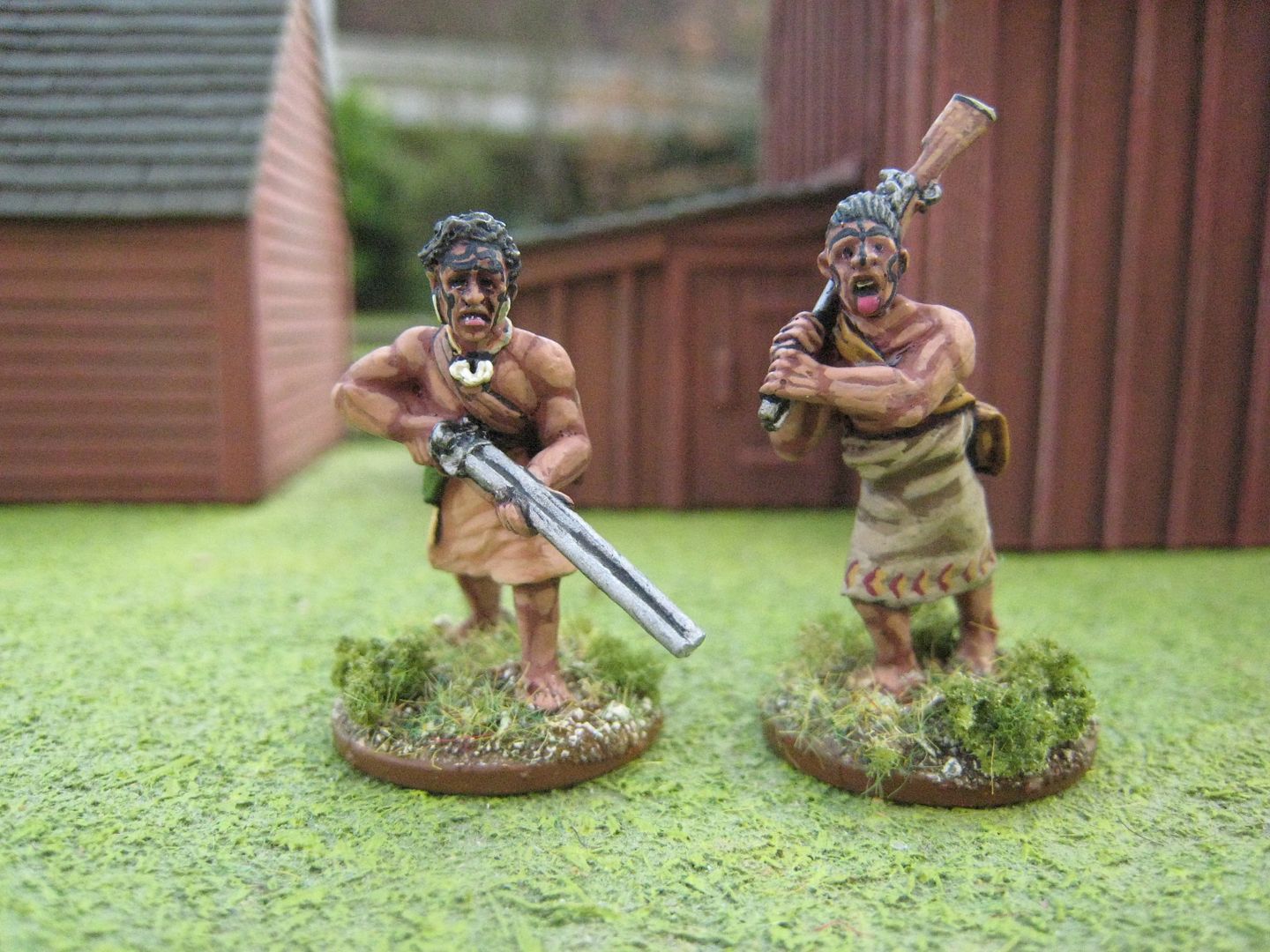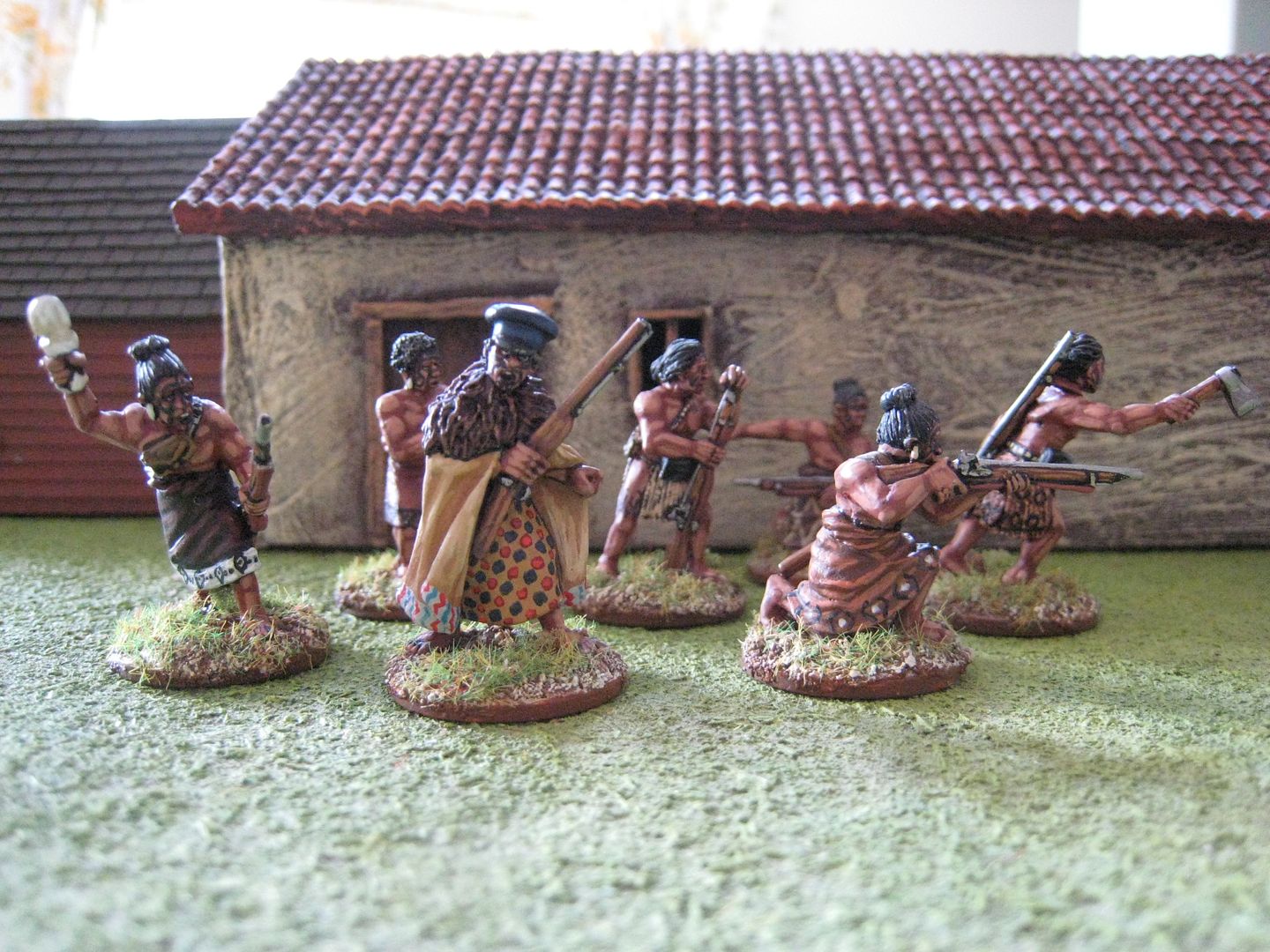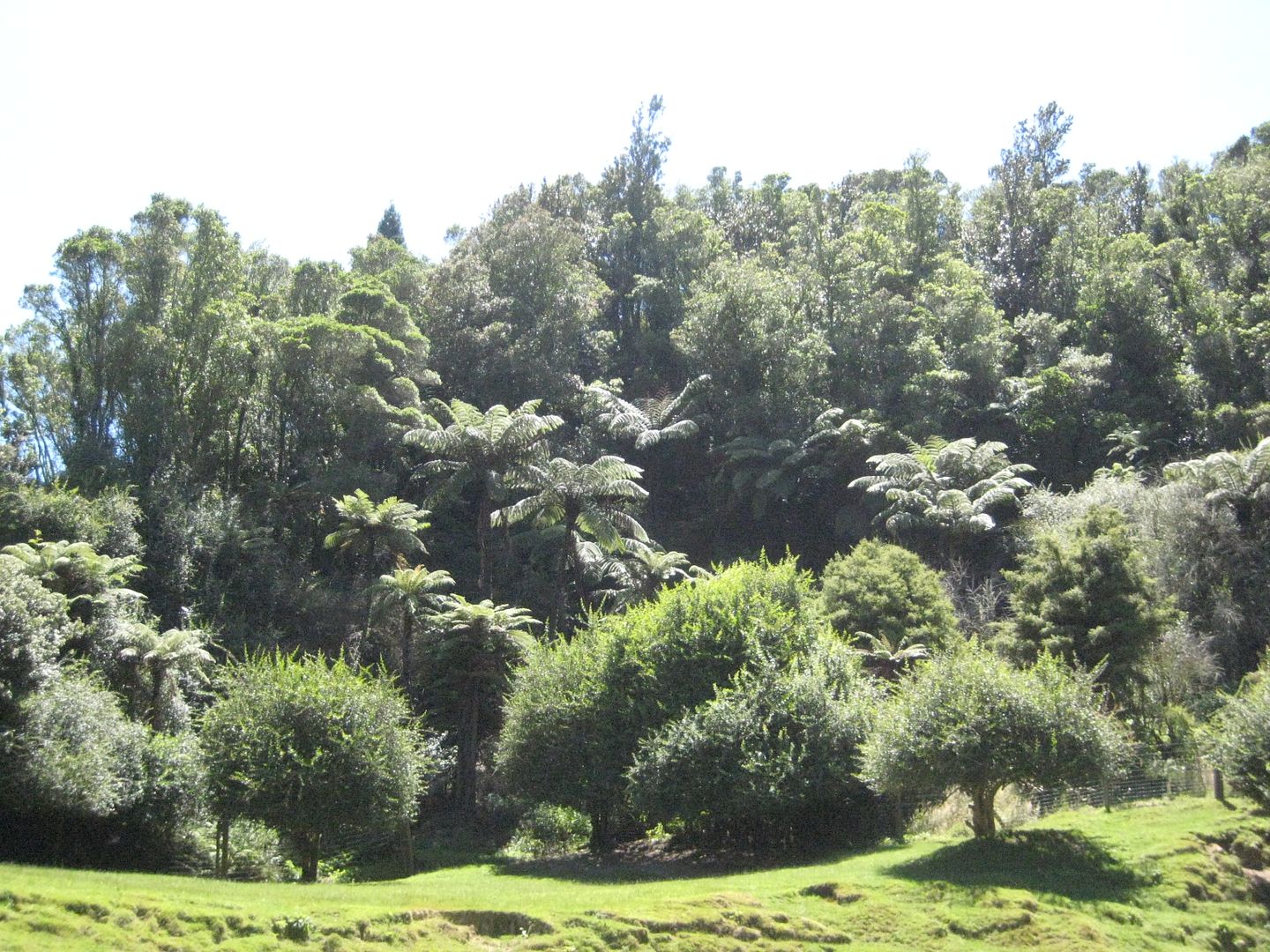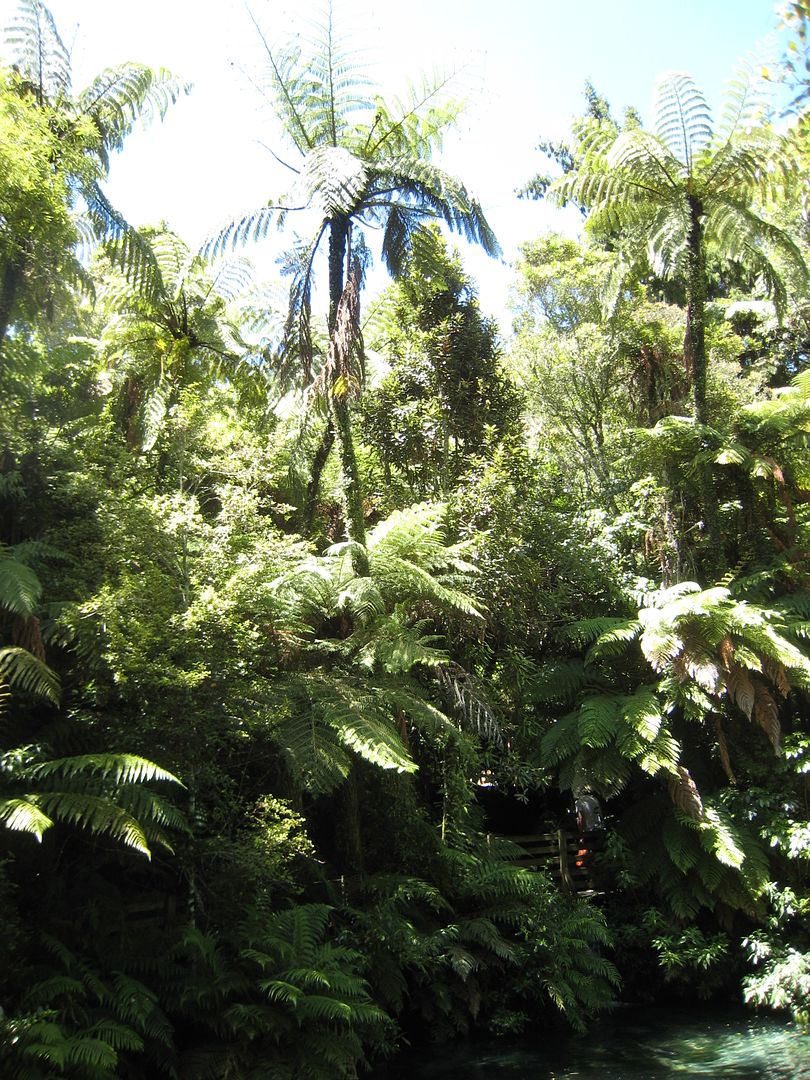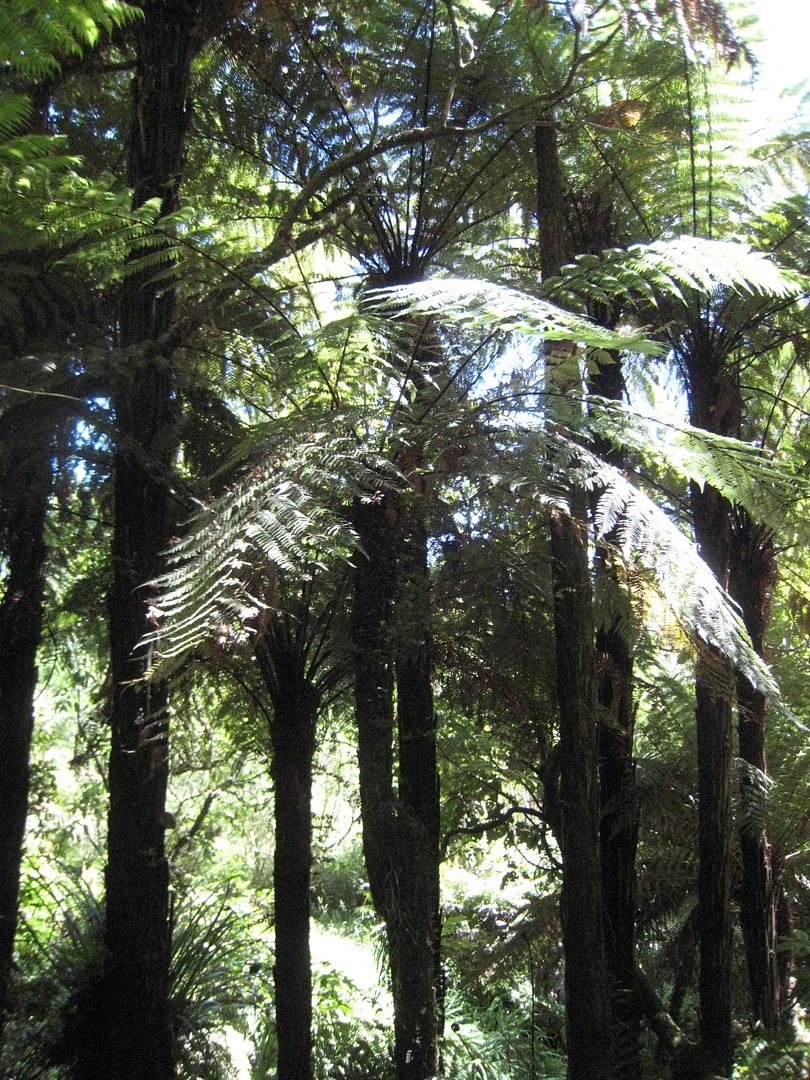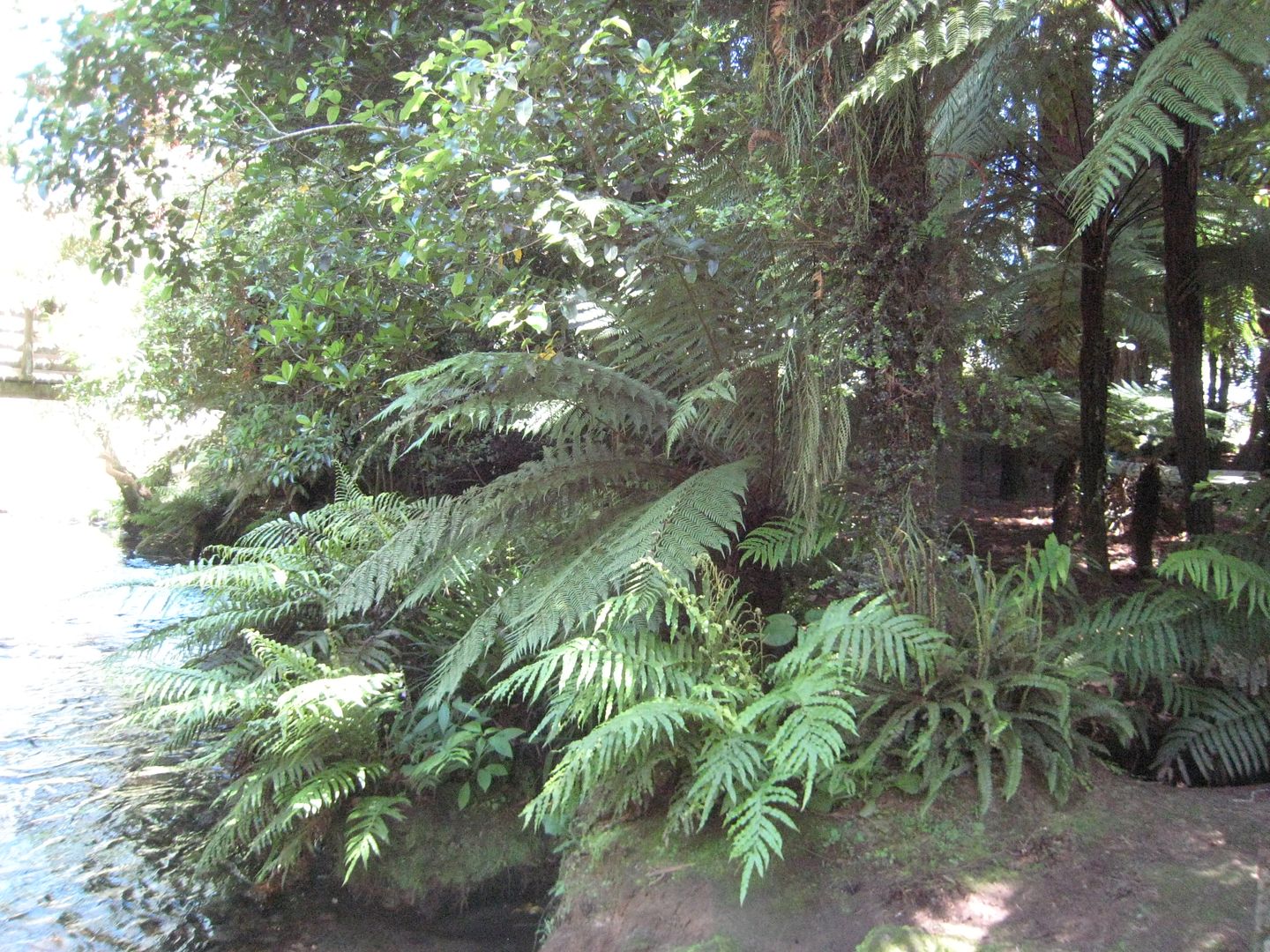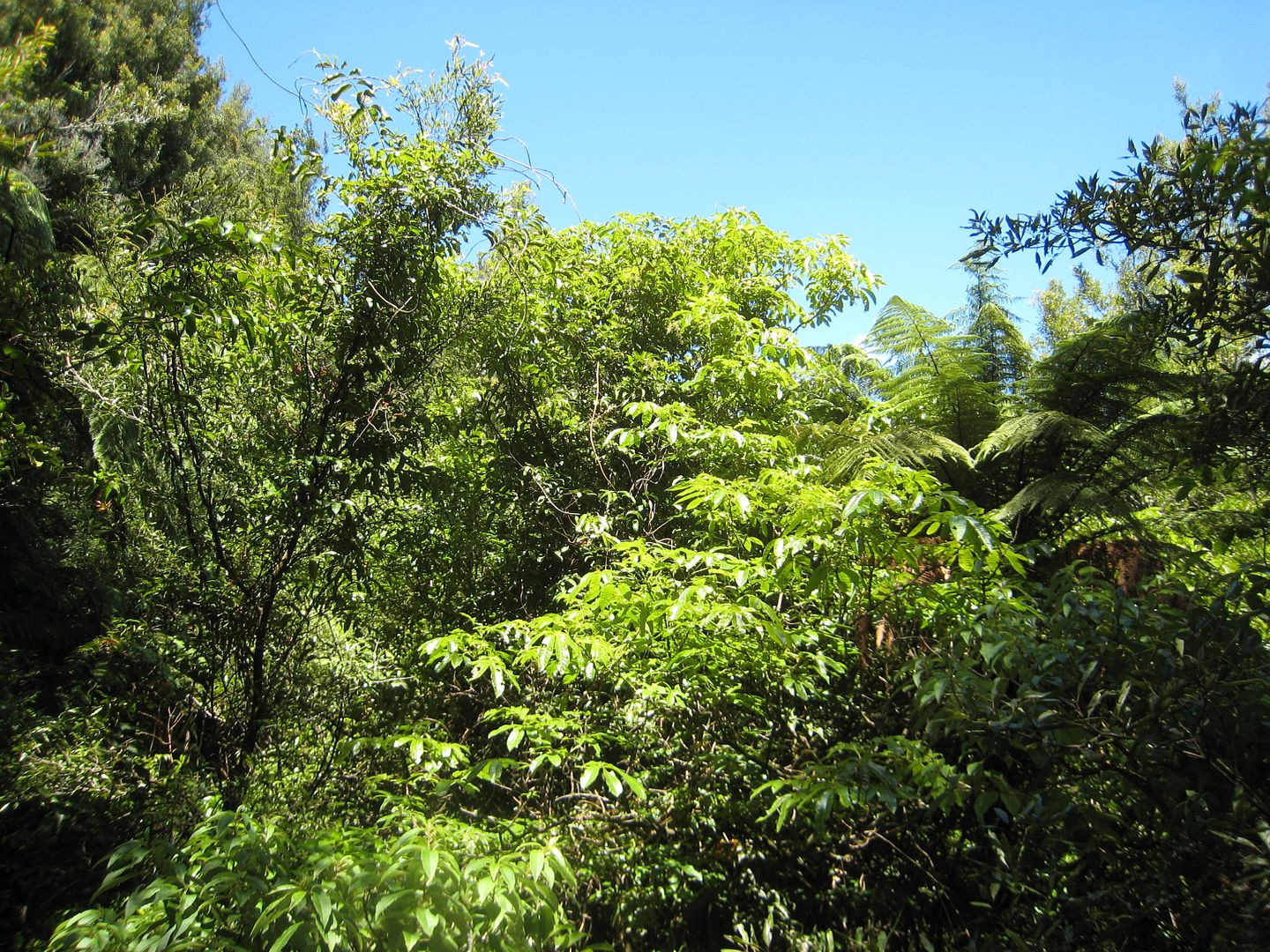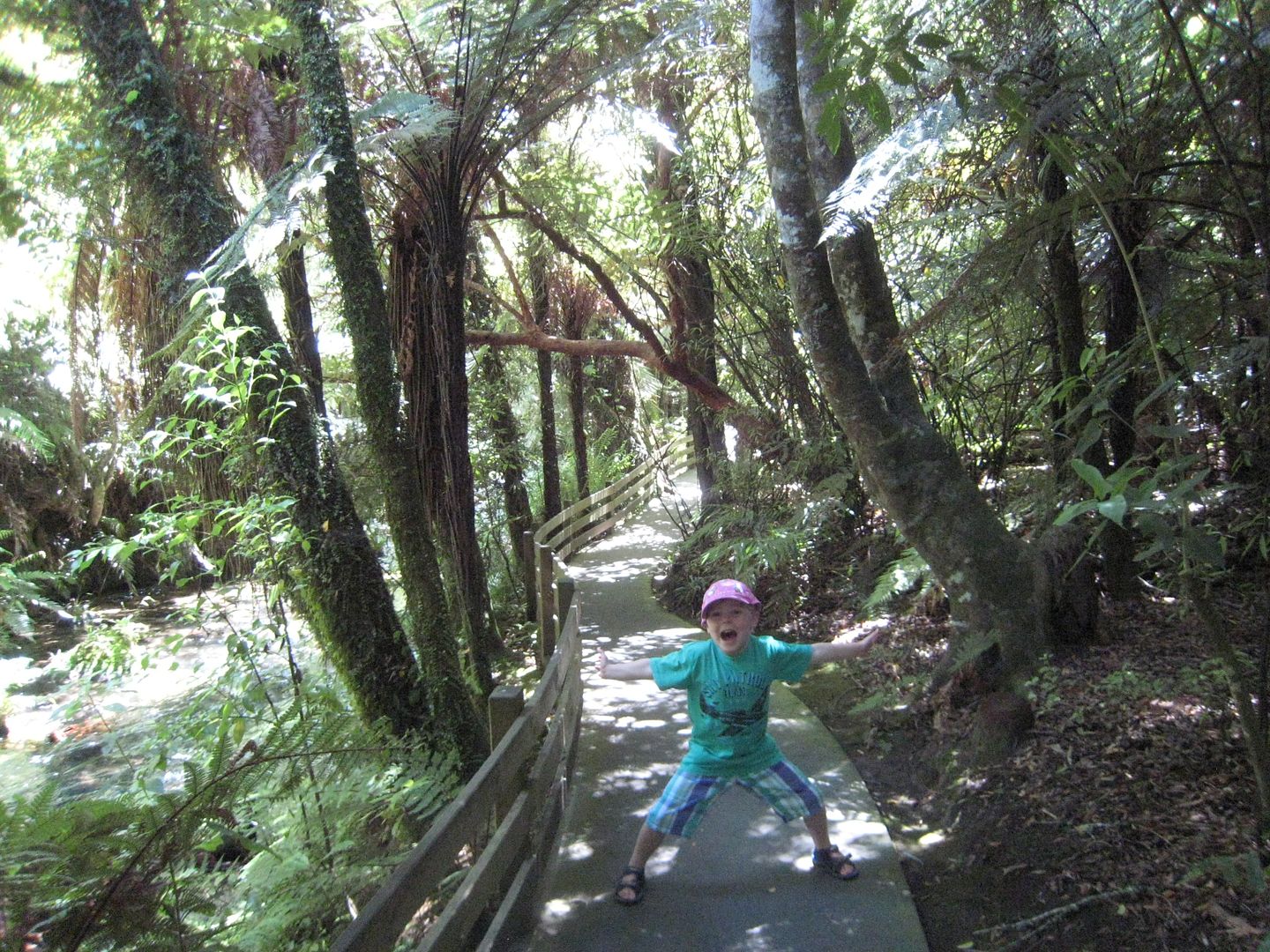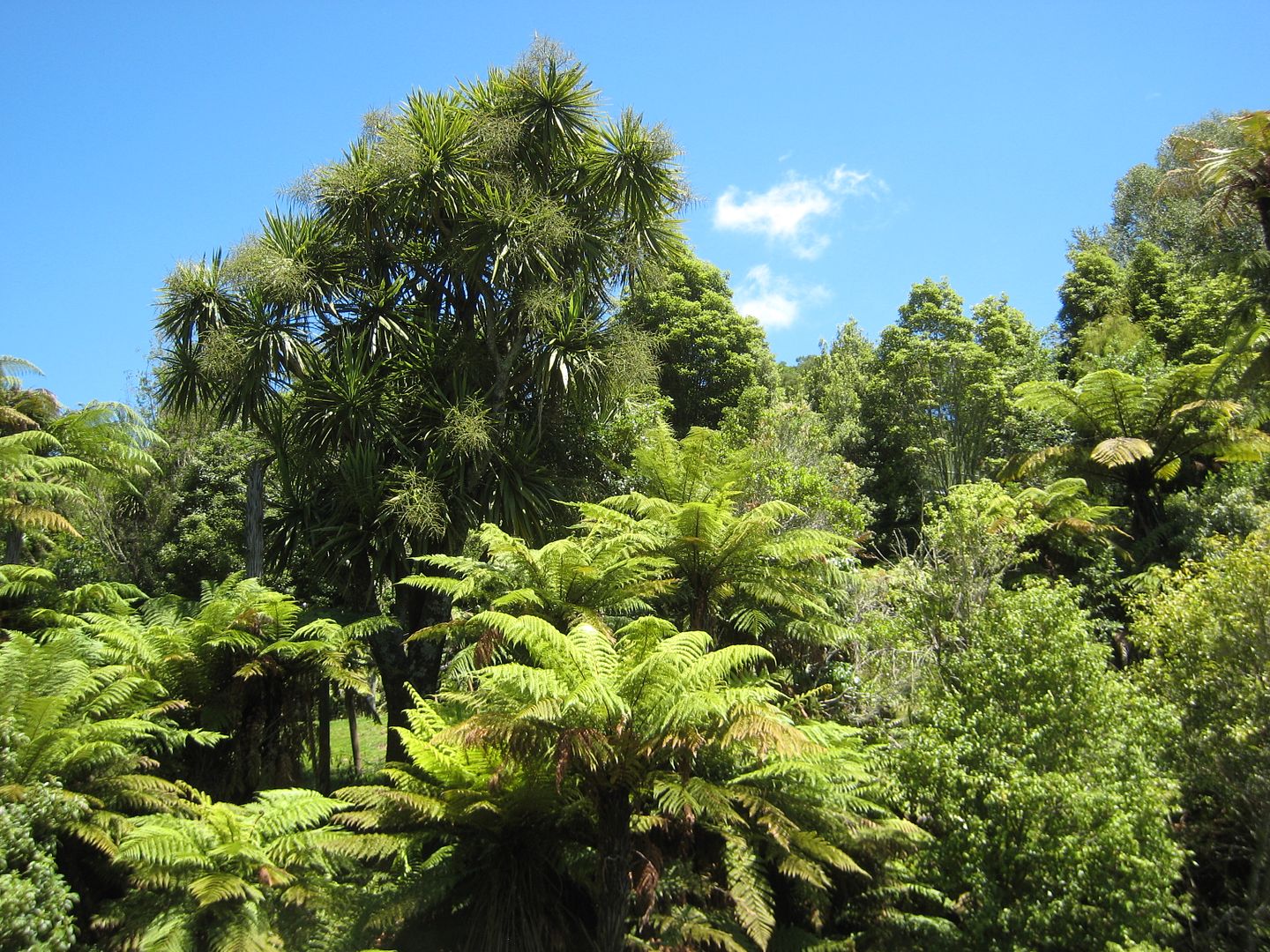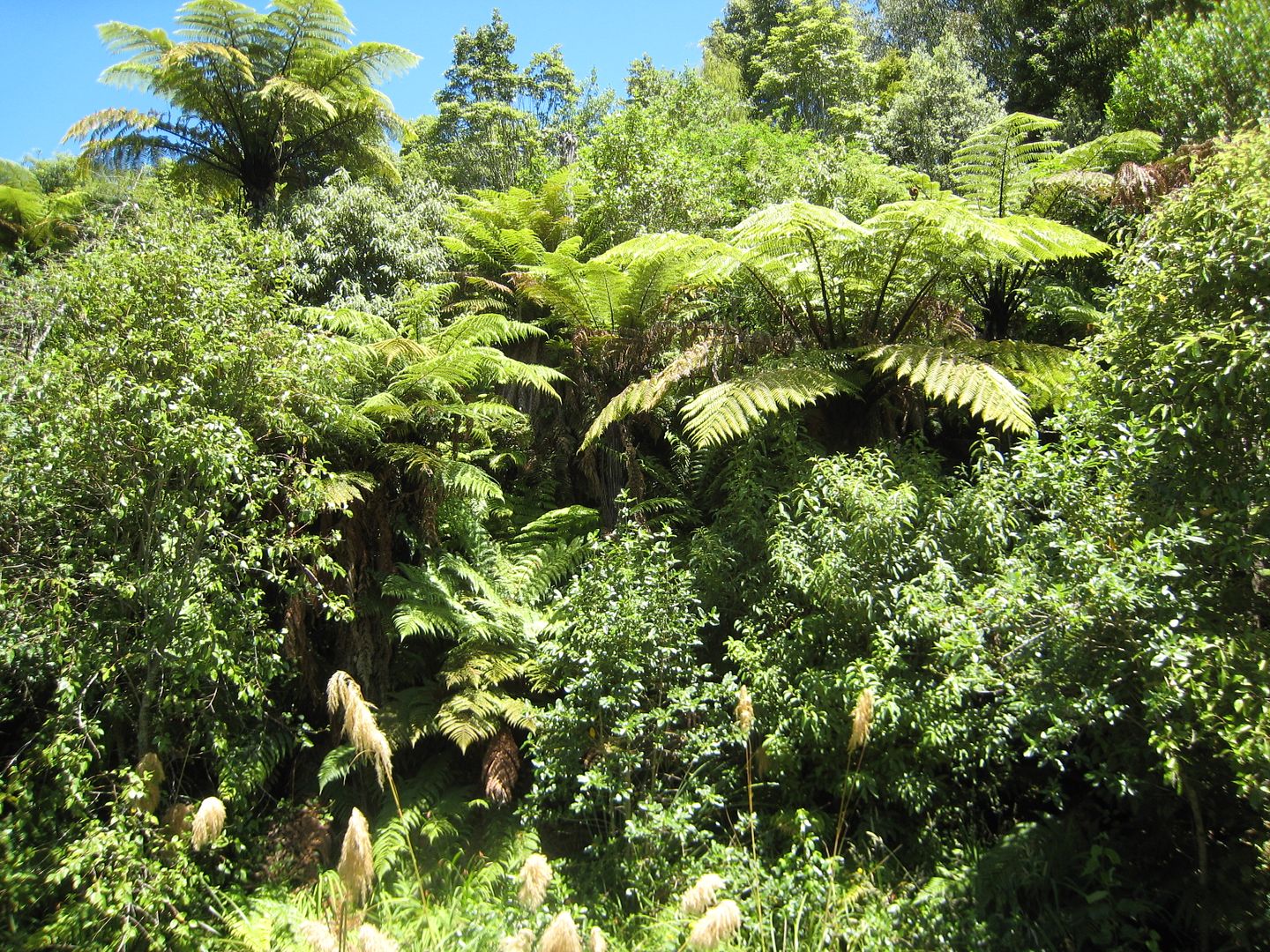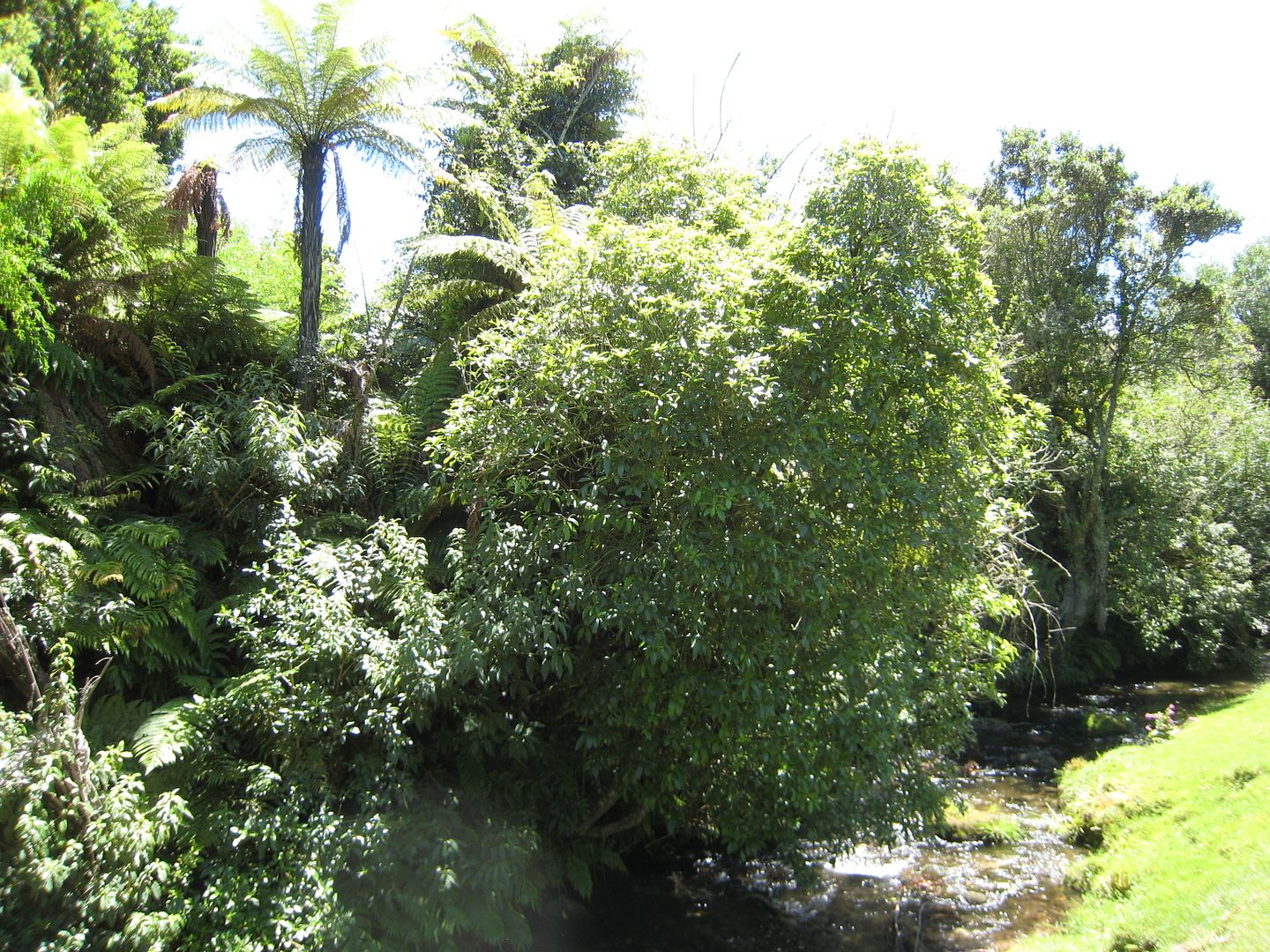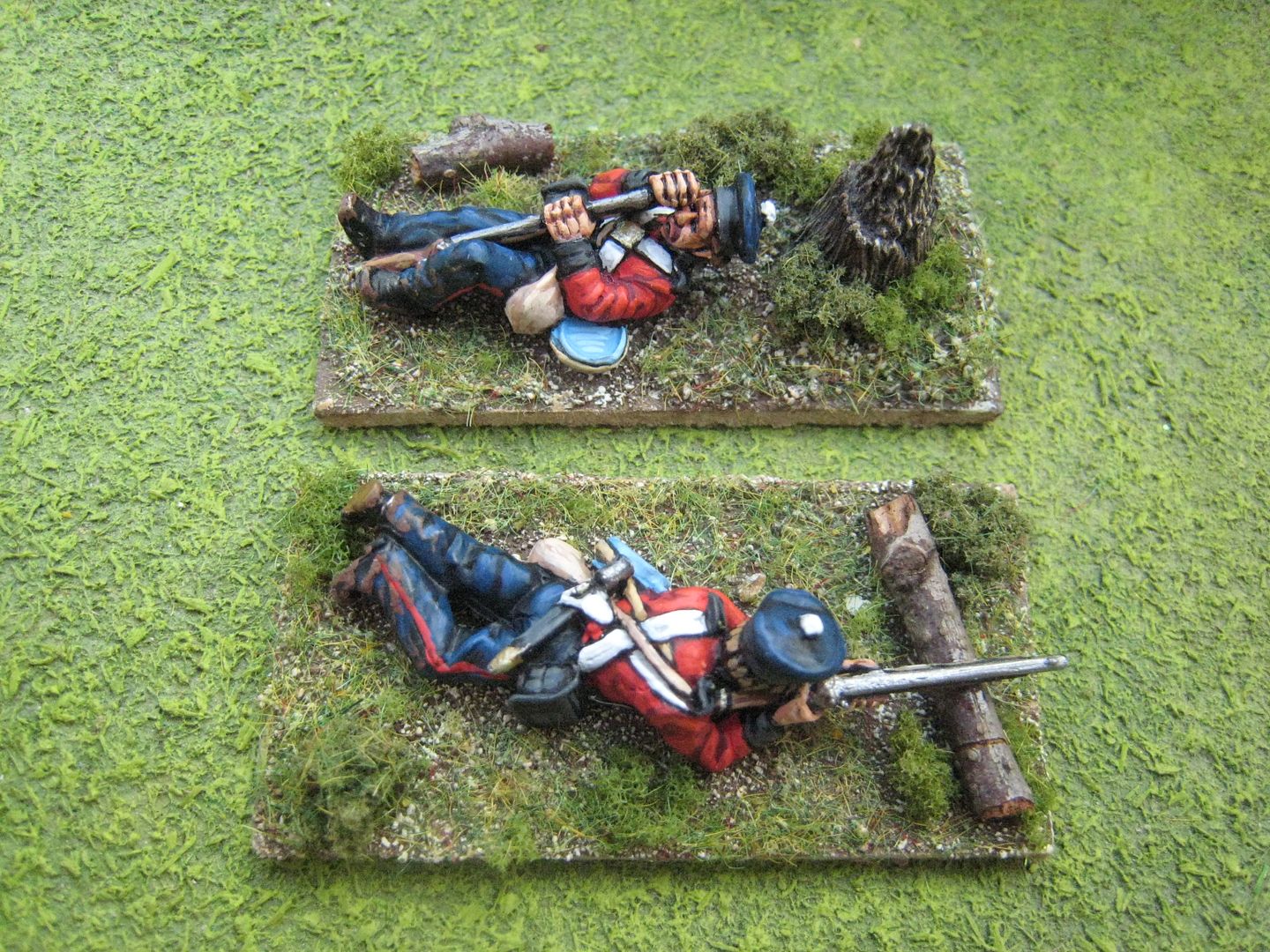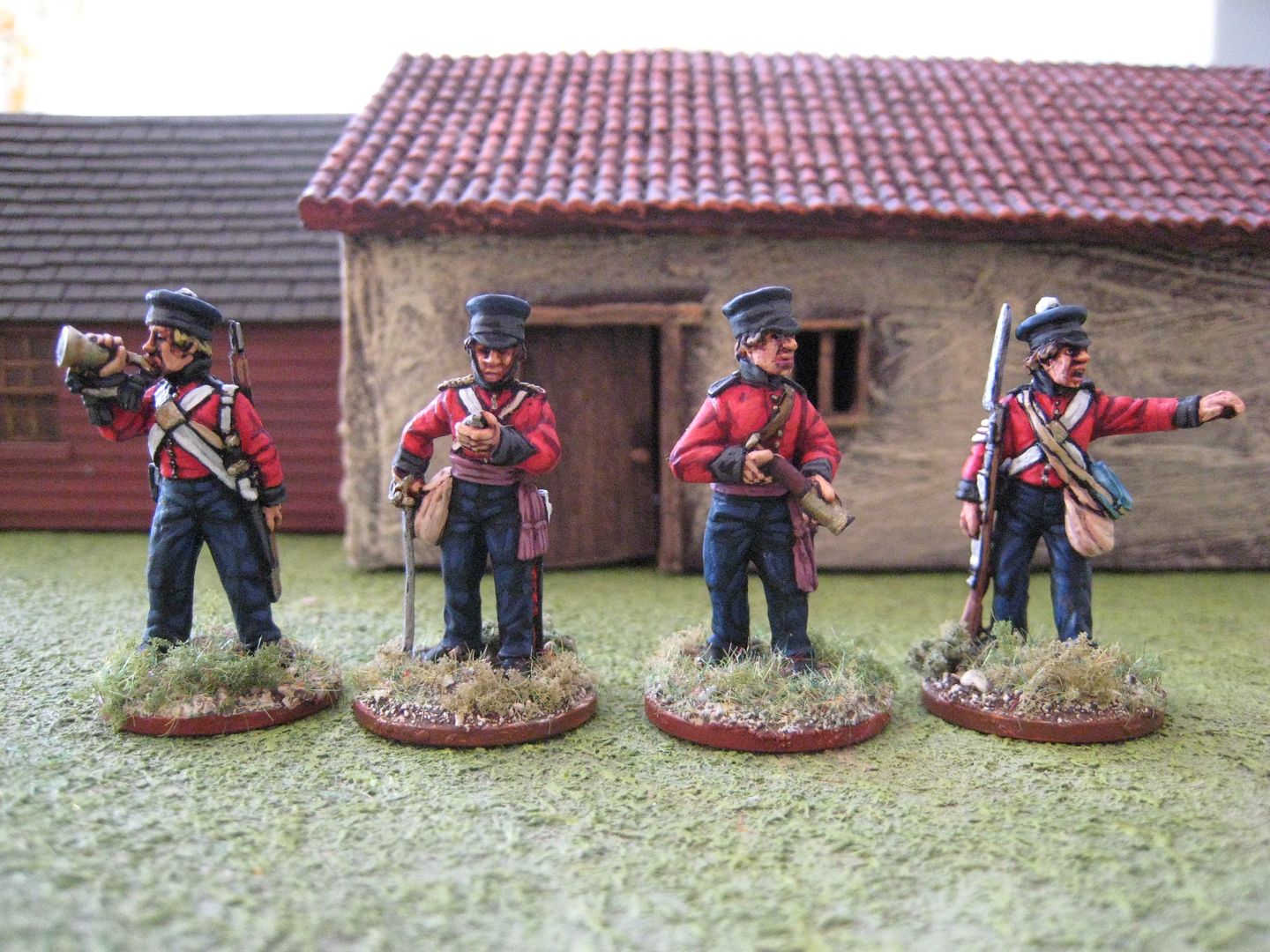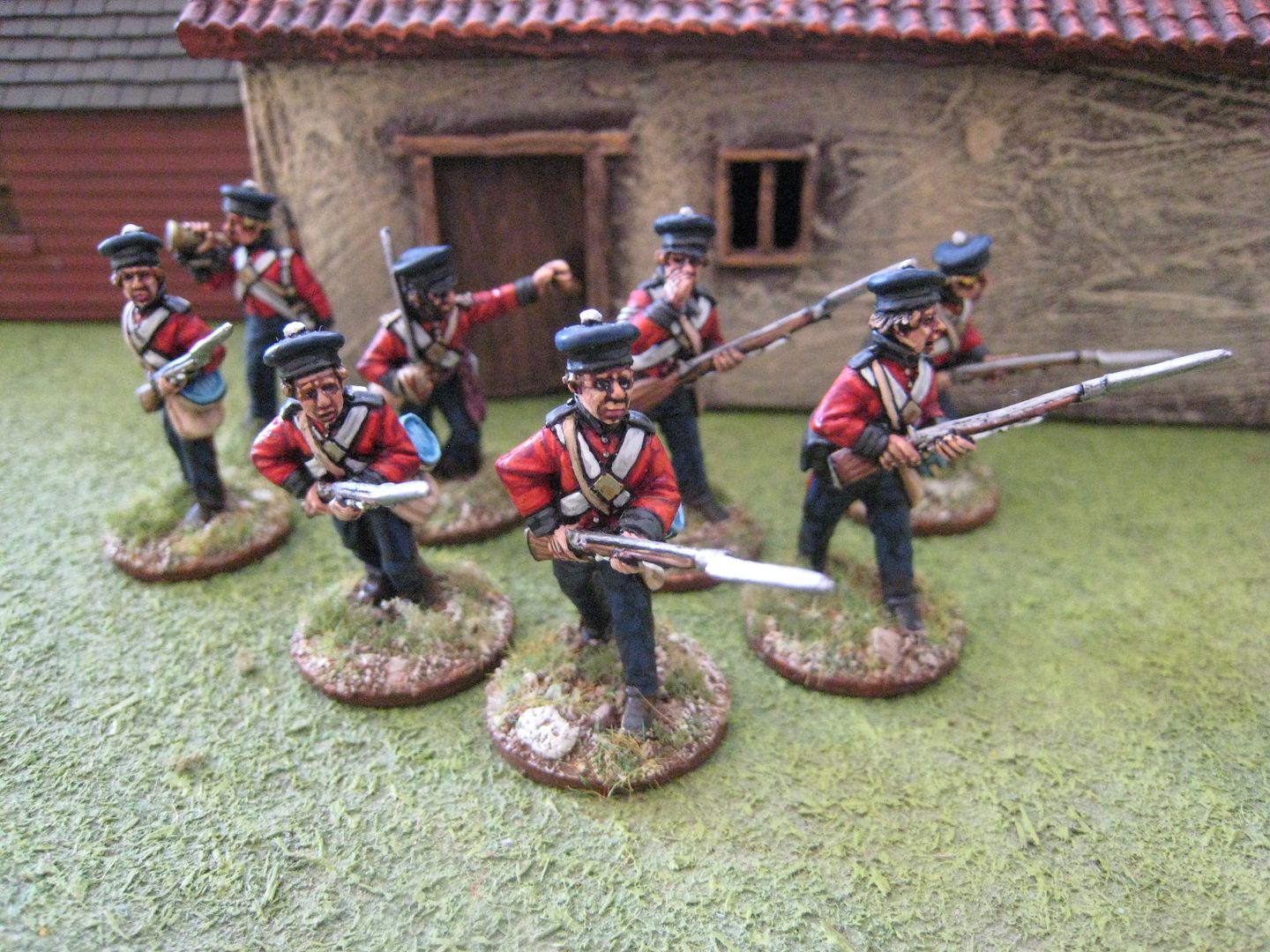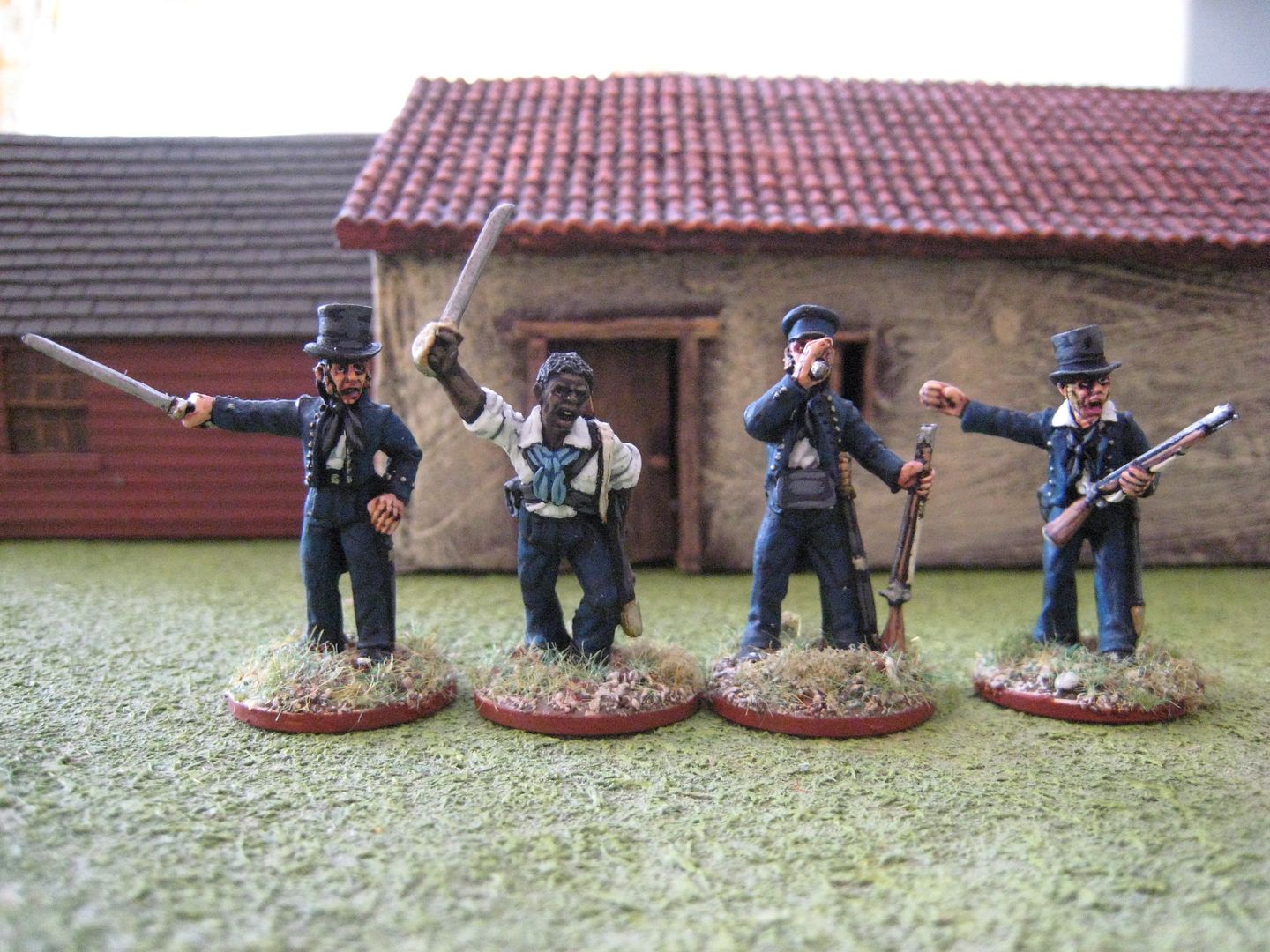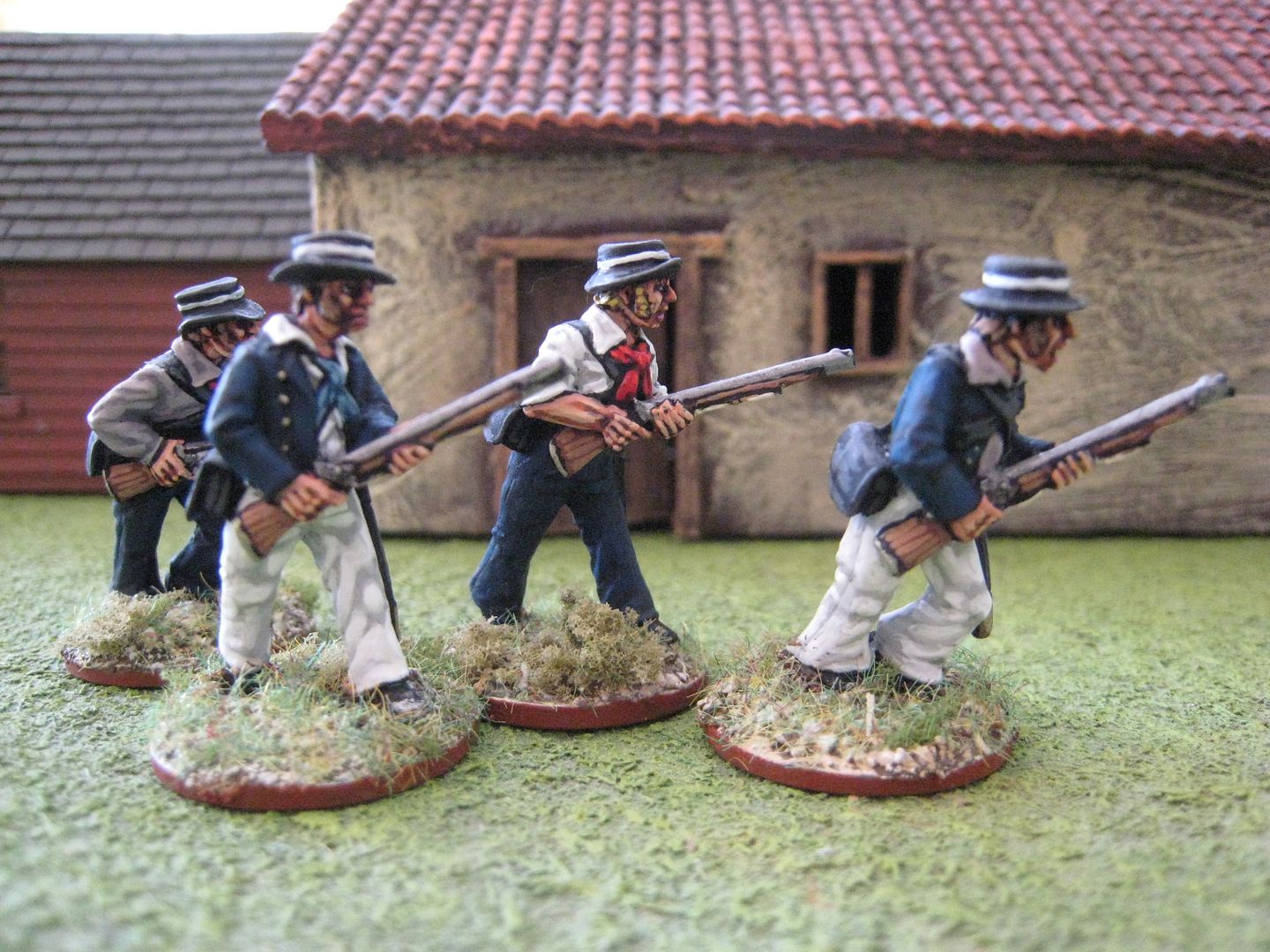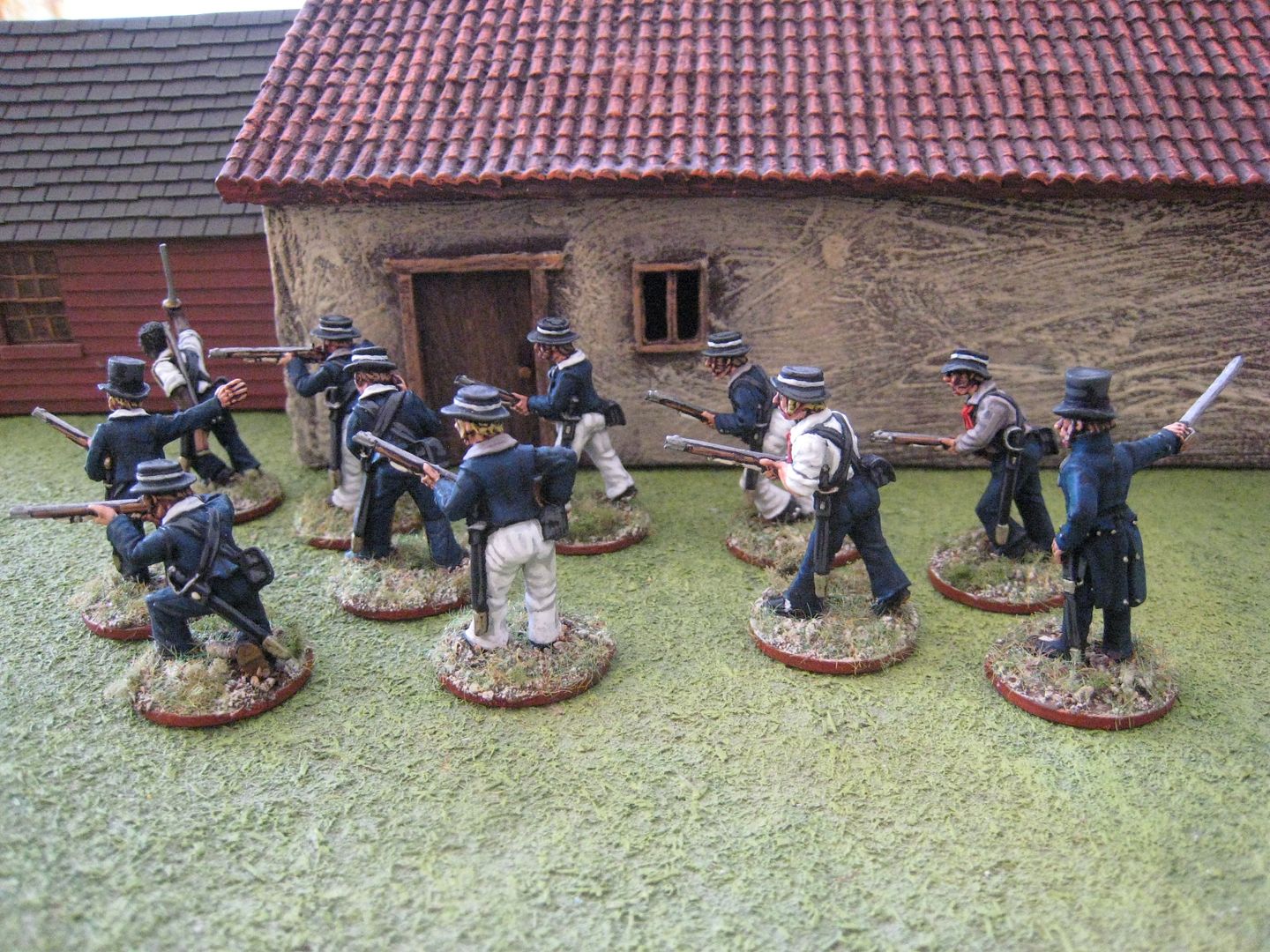 In keeping with the Napoleonic theme for a moment, this is Westfalia Miniatures' limited edition French imperial post coach, together with an additional French postman smoking his pipe. This is an all-metal set that comes in various parts. In can be fiddly to put together, although the Westfalia website offers good instructions. The only really confusing part are the bits that go on the back of the coach and precisely where they go. The model might have benefited from reins, but I decided I didn't really know how to go about it and I couldn't really be bothered anyway.
In keeping with the Napoleonic theme for a moment, this is Westfalia Miniatures' limited edition French imperial post coach, together with an additional French postman smoking his pipe. This is an all-metal set that comes in various parts. In can be fiddly to put together, although the Westfalia website offers good instructions. The only really confusing part are the bits that go on the back of the coach and precisely where they go. The model might have benefited from reins, but I decided I didn't really know how to go about it and I couldn't really be bothered anyway. The standing postman is straight out of an illustration in Osprey's Elite series "Napoleon's Imperial Headquarters (2)", a book that provides a bit of useful information. Apparently the French Military Postal Service was staffed by civilians but came under the command of the military. Every army had a detachment, but in circumstances where Napoleon himself commanded an army the director-in-chief of the service came under the command of the imperial household HQ. This model shows a two-wheeled coach that was often used to transport letters - these are on the roof of the coach, protected by oilcloth. The postmen here are wearing civilian blue rather than imperial dark green, but their attachment to the army is shown by the tricoleur ribbons around their hats. The illustrations in the Osprey book show the various imperial coaches painted yellow ochre with red oxide woodwork, so that's those are the colours I've used here. I painted this some time ago but didn't quite finish the painting or the lantern. I tried to paint the lantern as it might appear in daylight, but that's failed totally and it looks as if there's a phosphorus grenade going off inside it. Anyway, this joins my "rear echelon" stuff for my 1815 collection.
Coach and postmen painted November-December 2014.
On the painting table at the moment are the Perries' Sergeant Ewart Waterloo vignette and the 8th Ligne - wip photos below.
